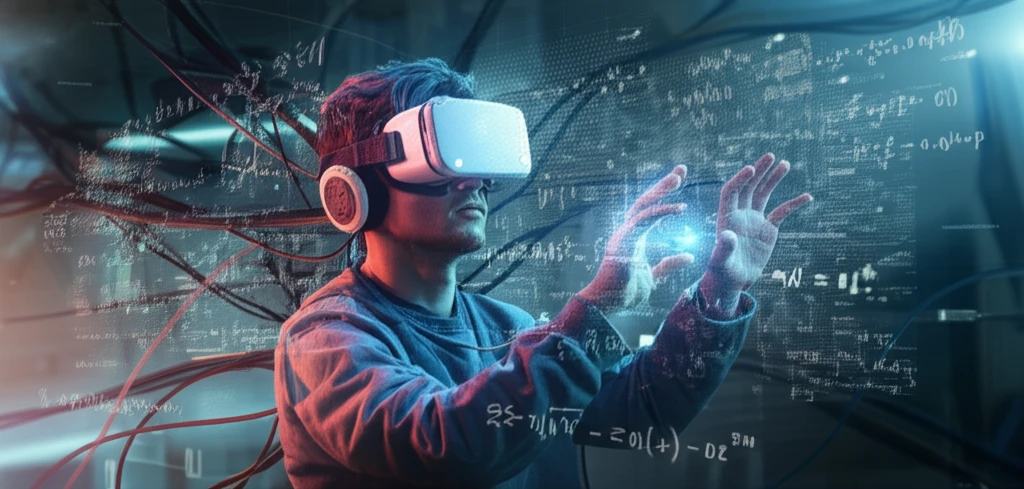
Control Confidence: Hands-On Experiments to Master Feedback Systems
"Demystifying Control Theory Through Practical Experience with PID Controllers and System Design"
Control systems are integral to countless technologies, from the thermostat regulating your home's temperature to the autopilot guiding an aircraft. Yet, despite their prevalence, the underlying principles of control theory often remain elusive, shrouded in complex mathematics and abstract concepts. This article addresses the critical need for more effective and accessible methods of control education.
Traditional approaches to teaching control theory often rely heavily on theoretical calculations, potentially leaving students struggling to connect abstract concepts with real-world phenomena. This gap can lead to a superficial understanding of vital principles like system stabilization, disturbance rejection, and the trade-offs involved in control system design. What’s truly exciting is when we can transform these concepts into experiences.
To improve practical understanding, researchers Toru Asai, Masato Ishikawa, Koichi Osuka, Masaki Inoue, and Yasuhiro Sugimoto from Osaka University have pioneered an introductory approach centered on hands-on experimentation. Their methodology aims to equip students with an intuitive grasp of core control concepts and control equipment before diving into the complexities of theory.
Bridging the Theory-Practice Gap: The Power of Hands-On Learning

The researchers recognized that effective control education necessitates a blend of mathematical foundations and practical experience. They highlight the limitations of traditional methods, where students often struggle to internalize phenomena such as system instability, overshoot, and steady-state errors solely through lectures and calculations. These are abstract concepts without practical experience.
- PID Tuning: Students tune PID controllers to understand the effects of proportional, integral, and derivative gains on system performance, including steady-state error and overshoot.
- Equipment Familiarization: Students connect and interact with different control components (motors, sensors) to understand their roles and interconnections within a control system.
The Way Forward: Embracing Experiential Learning in Control Education
The study underscores the importance of integrating hands-on experiments into control engineering education. By providing students with concrete experiences, educators can foster a more intuitive and practical understanding of complex concepts. As technology evolves, innovative teaching methods that combine theory and practice will be critical for cultivating the next generation of control engineers. Continued research and development in this area will pave the way for more effective and engaging learning experiences.
